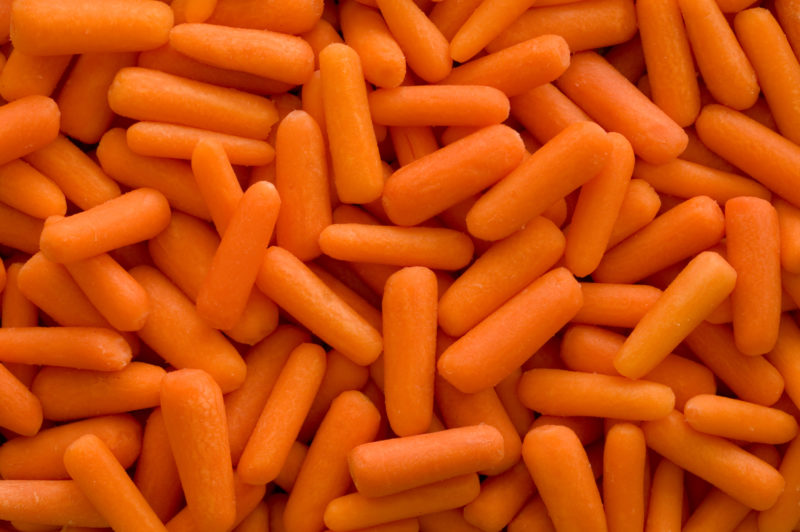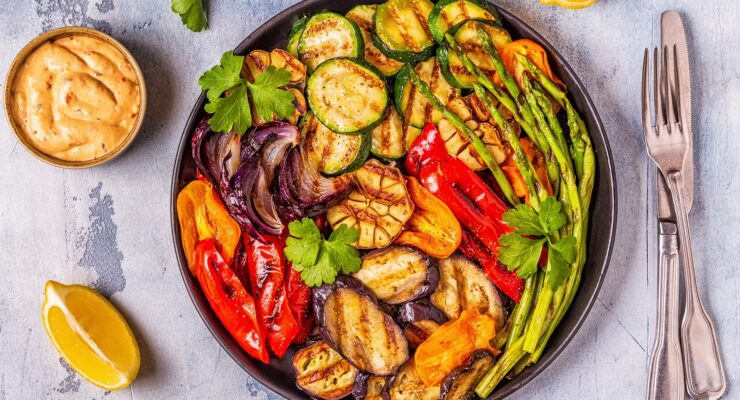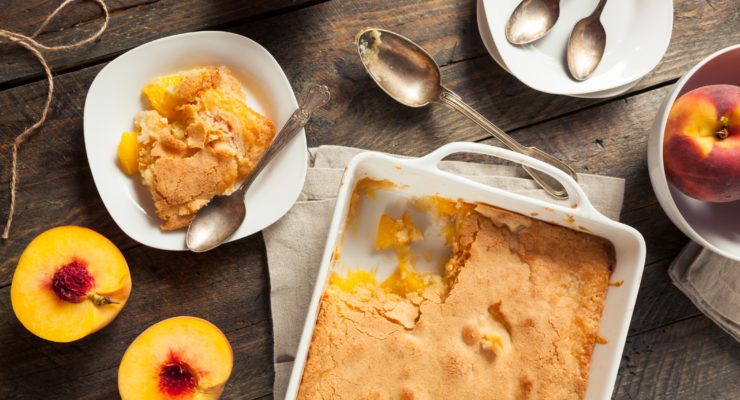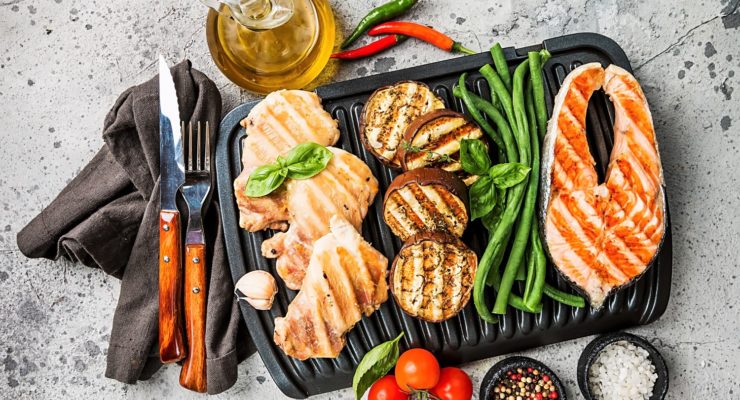What the Heck Are Baby Carrots, Anyway?
Article posted in: Diet & Nutrition
If you snack on carrots, chances are they’re baby carrots. Sixty-seven percent of carrots sold in the U.S. in 2016 were babies. But doesn’t anyone ever wonder what baby carrots are and where they come from?
Well, when a mother carrot and father carrot love each other very much …
Kidding, kidding—but that’s about as true as calling these little carrots “babies”: Real young carrots aren’t perfect little logs. They’re actually stubby triangles. What you’re dipping in hummus are actually “baby cut” carrots and they were invented to reduce waste—but they ended up more than doubling the number of carrots Americans eat each year.
Back in 1986, a California carrot farmer named Mike Yurosek reportedly was looking for a way to use irregularly-shaped, “ugly” carrots that would otherwise have wound up in the compost pile. His solution: Using an industrial peeler to cut these carrots into babies.
The tiny carrots were a hit: By 1997, the average American was eating 117 percent more carrots than they had a decade prior. By 2000, one-third of the fresh carrots sold in America were baby carrots. By 2016, that number was 70 percent.
Today, the popularity of baby carrots means it’s not just the junk being turned tiny: Carrot companies began planting carrots closer together to encourage long, skinny plants that would be better for cutting into two-inch logs. So if they’re not saving on waste, should you eat them?
If eating baby carrots means you’re more likely to eat more veggies, absolutely: 100 grams of carrots has 2.8 grams of fiber and fiber can have a direct effect on belly fat. Dieters have as much as four percent less fat around their middles for every 10 grams of fiber they eat. The nutrient makes you feel full quickly and slows the speed of digestion, so you feel fuller, longer. Click here to read how you can sneak more fiber into your diet >
But if you’re willing to eat carrots that aren’t baby-cut, you may not be throwing as many away, because the entire surface is “cut.” Baby-cut carrots tend to dry out quickly, developing a white-ish, chalky appearance, winding up in the trash. Regular, uncut carrots may stay fresher, longer, which can—ironically—reduce waste and save you money.
Regular carrots may save you dough at the register, too: One major supermarket’s store-brand organic baby carrots are 13 cents per ounce, while organic whole carrots are six cents per ounce. By cutting and peeling your own carrot sticks, you can save 50 percent!









